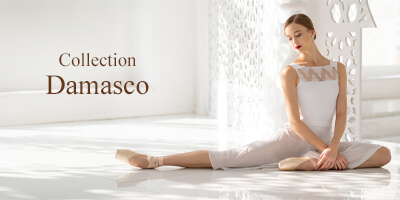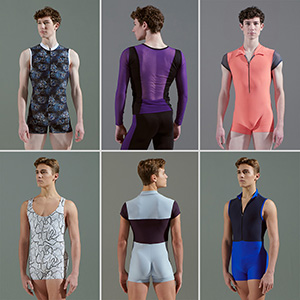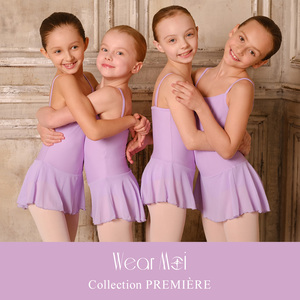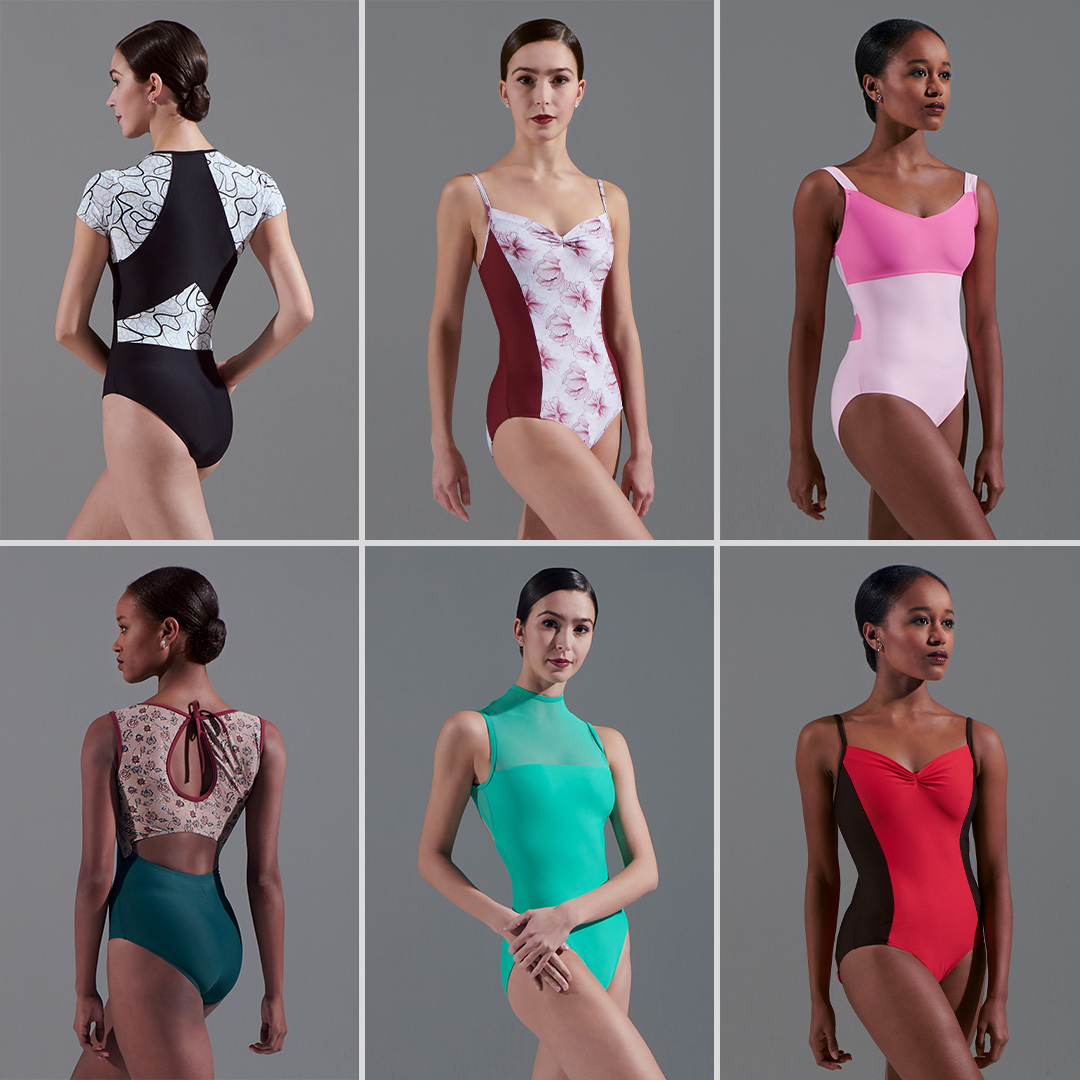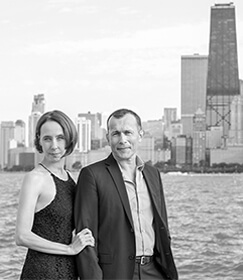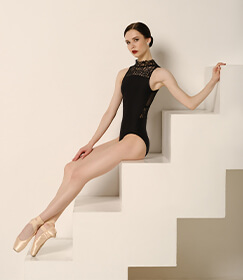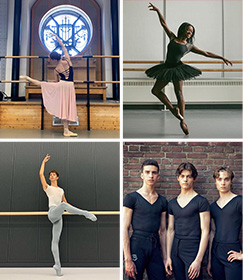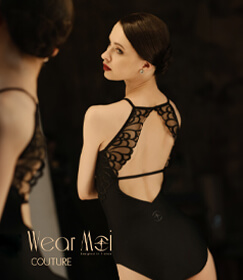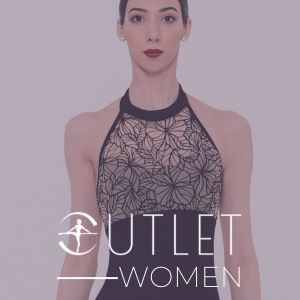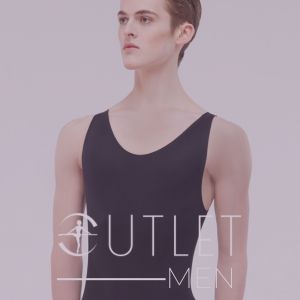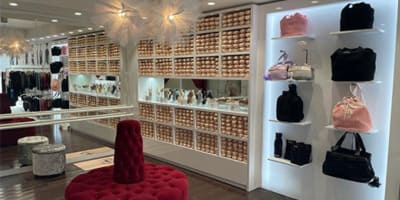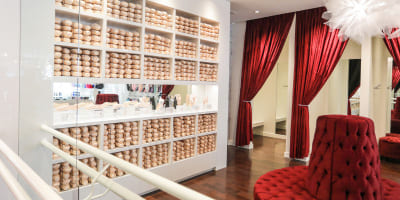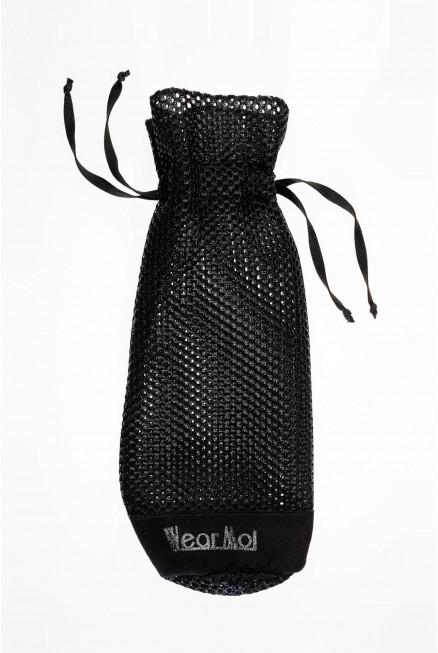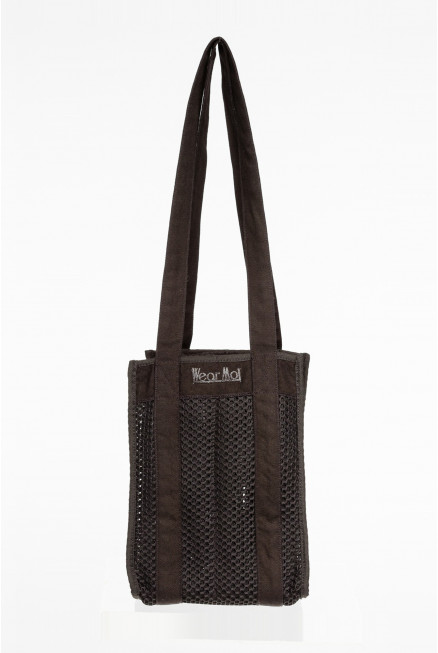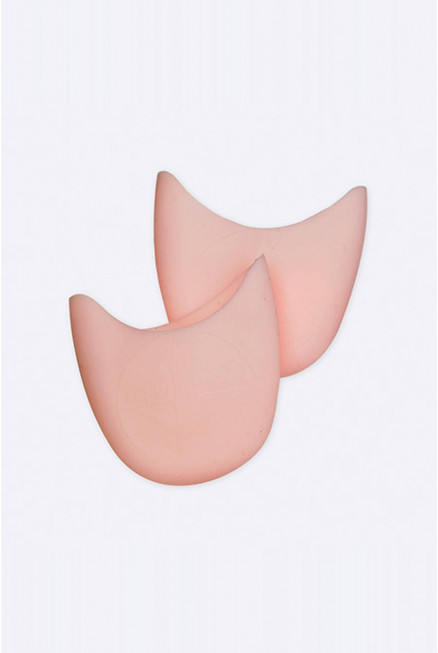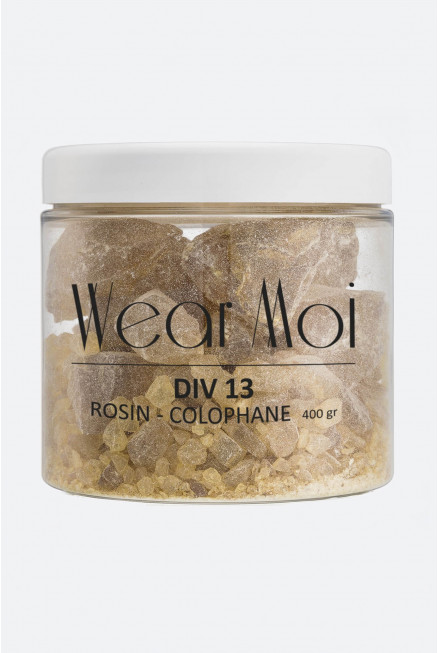Go behind the scenes of Wear Moi pointe shoes
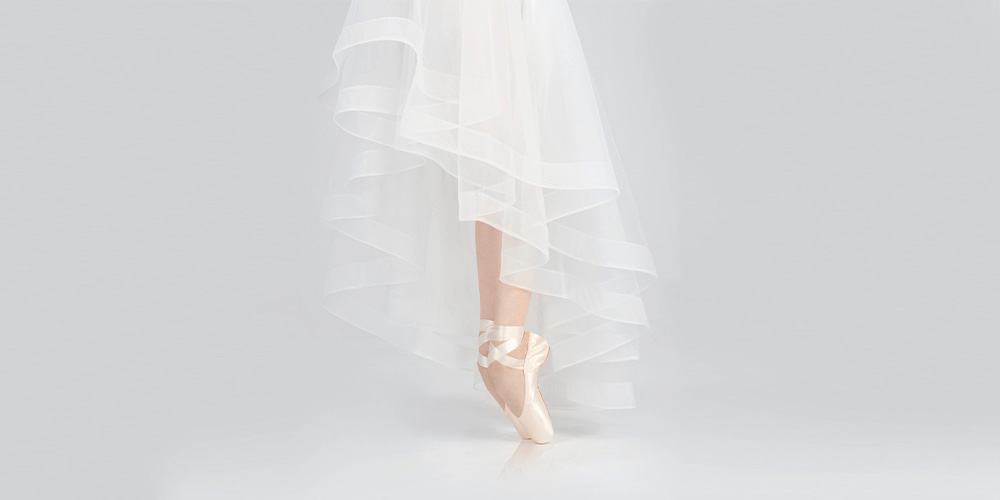
INSIDE WEAR MOI
We launched our first line of pointe shoes in 2011 with La Pointe by Wear Moi.
Leveraging over 30 years of experience in the world of dance shoes, Eric Delage, our master pointe-shoe maker, is the unseen hero of Wear Moi pointe shoes. Over the course of his career, his curiosity drove him to take a closer look at product design. Eric was first inspired by the feet of ballerinas, and he dreamed of shapes, molds and designs: myriad ideas floated through his mind. From the first sketch to the final fitting on the dancer, with many development and production stages in between, Eric quickly demonstrated his skills and subject matter expertise.
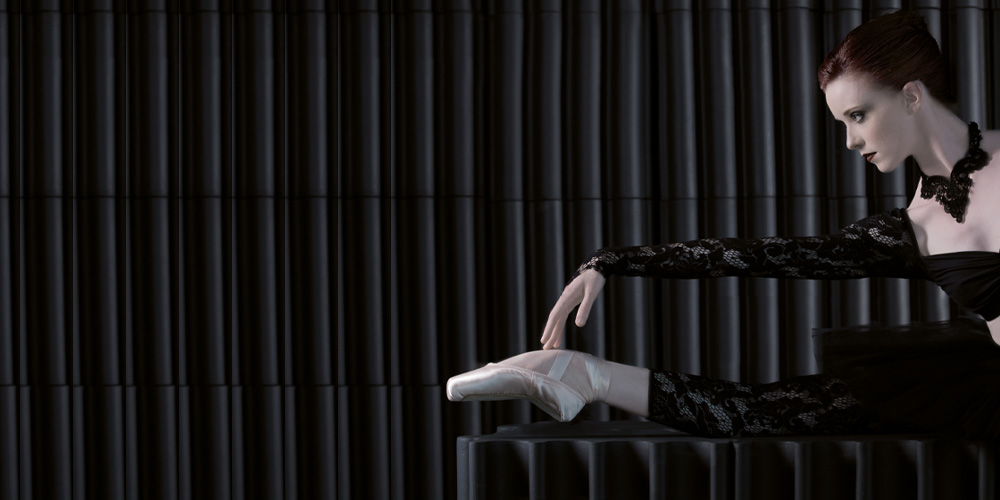
We launched our first line of pointe shoes in 2011 with La Pointe by Wear Moi.
Leveraging over 30 years of experience in the world of dance shoes, Eric Delage, our master pointe-shoe maker, is the unseen hero of Wear Moi pointe shoes. Over the course of his career, his curiosity drove him to take a closer look at product design. Eric was first inspired by the feet of ballerinas, and he dreamed of shapes, molds and designs: myriad ideas floated through his mind. From the first sketch to the final fitting on the dancer, with many development and production stages in between, Eric quickly demonstrated his skills and subject matter expertise.
It was a pivotal year for Wear Moi in 2011 when we opened our first workshop where we could design our own line of pointe shoes. After several months of research and development, it was time to take things to the next level to scale up the manufacturing process Eric had created.
Producing pointe shoes is a meticulous task: each pointe must be made by hand. Eric recruited his own team of artisans, and taught his method to each employee, one person at a time. Setting up our own in-house workshop gives us full control over the quality of our dance shoes.
Let's take a closer look at the production process... Wear Moi pointes are made using the "turnshoe" technique. That means that the shoes are made inside out to hide and protect the seams. The toe box is made from various organic materials: canvas, polymer and reinforced cardboard. Once the box has been created, pleats are formed in the satin that wraps around the shoe and attached with metal clips. The shoe is then sewn and the sole is attached to the satin "upper" with waxed thread. Then the pointe shoe is turned outside in and the shank is inserted. Finally, the still-wet toe box is hammered until it has a flat platform and a tapered tip.
To offer a product that is well suited to a wide range of dancers, we introduced the Alfa and Omega styles in 2017. Although these two new styles are produced using the same techniques as "La Pointe by Wear Moi", their shapes are different. Unlike "La Pointe", which has a traditional shape, Alfa and Omega are innovative because their shapes adapt better to all types of arches. These new models are well liked for their clean, streamlined look on the foot and have been embraced by dancers all over the world since we introduced them a few years ago. There are a few novel features on our Alfa and Omega pointes: microfiber lining to provide greater comfort and prevent slipping, as well as a new binding system with elastic drawstrings (Alfa) or elasticized binding (Omega).
Our line of pointe shoes expanded again in 2022. We wanted to simplify our offer to ensure that every dancer could easily find the perfect pointe shoe. You can read all about them in this blog post.
Our passion for dance inspired us to push our own limits to continue offering you products of unsurpassed quality. Pointe shoes are no exception — in fact, they are a category that is quite close to our hearts. We are always striving to bring you upgrades and innovations.
DID YOU KNOW?
There are some persistent myths about pointe shoes. Wear Moi is pulling back the curtain on these preconceived notions.
The first myth is that all women dancers wear pointes. That is not true. For starters, they are only used by dancers who have become skillful enough to wear them. As a general rule, pointe work begins around age 10, starting with quarter-pointe to gently transition to demi-pointe, then pointe. In addition, the style of dance also influences whether pointe shoes are needed. There is more to dance than ballet! So, we should not say that all women dancers wear pointe shoes.
Let's move on to another myth about pointe construction: some people claim they are made of wood or plaster. That is completely false. The material that makes the pointes seem rigid is actually canvas coated with a natural polymer that is assembled in layers along with reinforced cardboard. This construction makes it possible to strike a balance between flexibility and hardness to support the dancer's foot as she goes "en pointe" to avoid injury. That would not be possible with wood or plaster.
Finally, it would be a mistake to think it is better to buy pointe shoes that are a tad too big in order to save money. One should never choose pointes that are larger than necessary. This can be dangerous because it alters the dancer's center of gravity and weight distribution. We have written a comprehensive how-to to help you choose pointes correctly. We encourage you to check it out here.
WEAR MOI'S ADVICE
There are many accessories that can help you optimize your pointe work to ensure you are dancing under ideal conditions.
• Elastics and ribbons: You will not be able to wear your pointe shoes until you have sewn on elastics and ribbons. The elastic will prevent your shoe from slipping down your heel, while the ribbons keep your foot aligned with your ankle when you stand up on pointe. There are many types of ribbon, including satin, cotton and versions with built-in elastic sections that relieve the pressure the ribbons sometimes exert on the heels.
• Breathable bag or pouch: Most pointe shoes do not like moisture, which is why you should never wash them. This also means it is preferable to store and carry your pointes in a breathable pouch. The Wear Moi DIV81 is a great example. This helps them "dry" faster in the ambient air without running the risk of premature damage. You can also opt for a breathable bag if you need to carry multiple pairs of pointe shoes at the same time. With our DIV82 bag, you can carry up to four pairs of pointes.
• Protective toe pads: They allow for greater comfort when wearing pointe shoes. They are intended to reduce rubbing and pressure felt on the toes when doing pointe work. We recommend silicone toe pads because they perfectly hug the contours of any foot shape. Indeed, their elasticity means you can get a great fit. Plus they are easy to clean in soapy water.
• Rosin: This is a resin that will help you avoid falls. Crush a few grains of rosin on the floor with your platform for added security on slippery floors. This will help your pointe shoes adhere better to the floor, even during your most intense passages.
• First-aid kit: We recommend you always keep a first-aid kit on hand so you can dance safely. With contents such as bandages, wraps and tape, you will have everything you need to tend to any injuries you incur while working on pointe.

